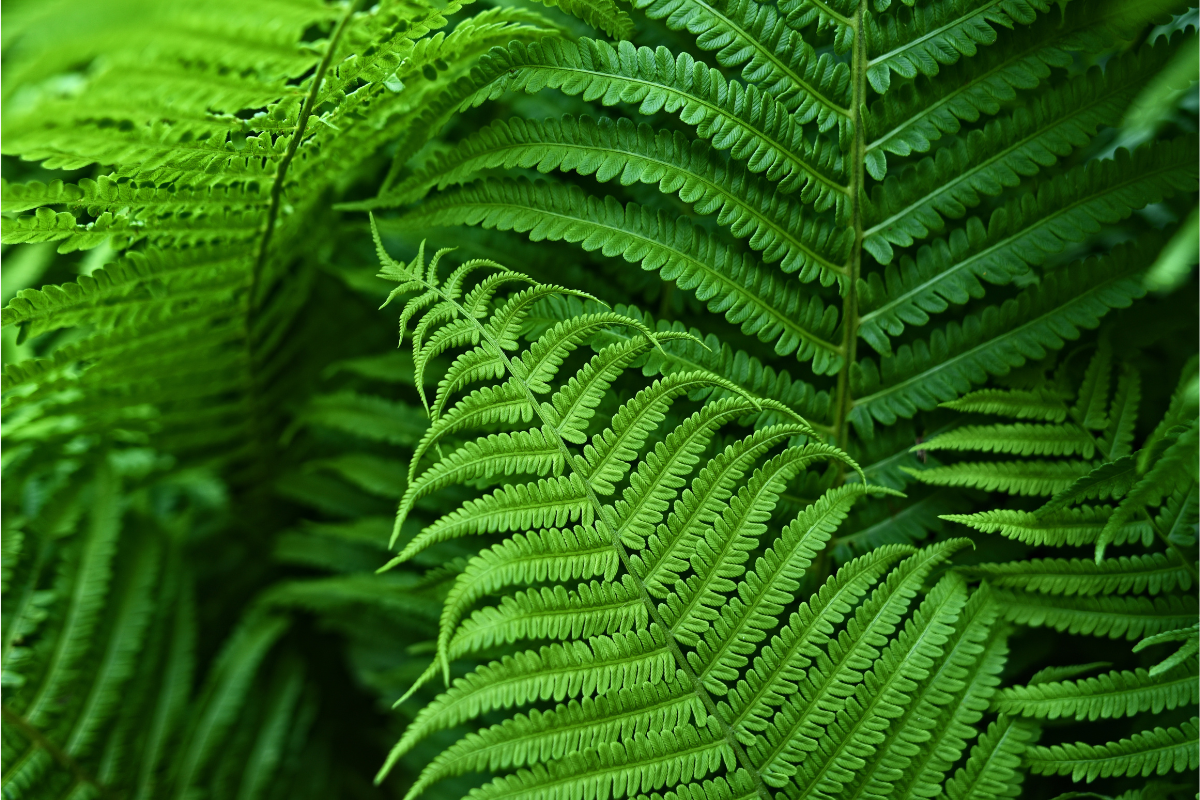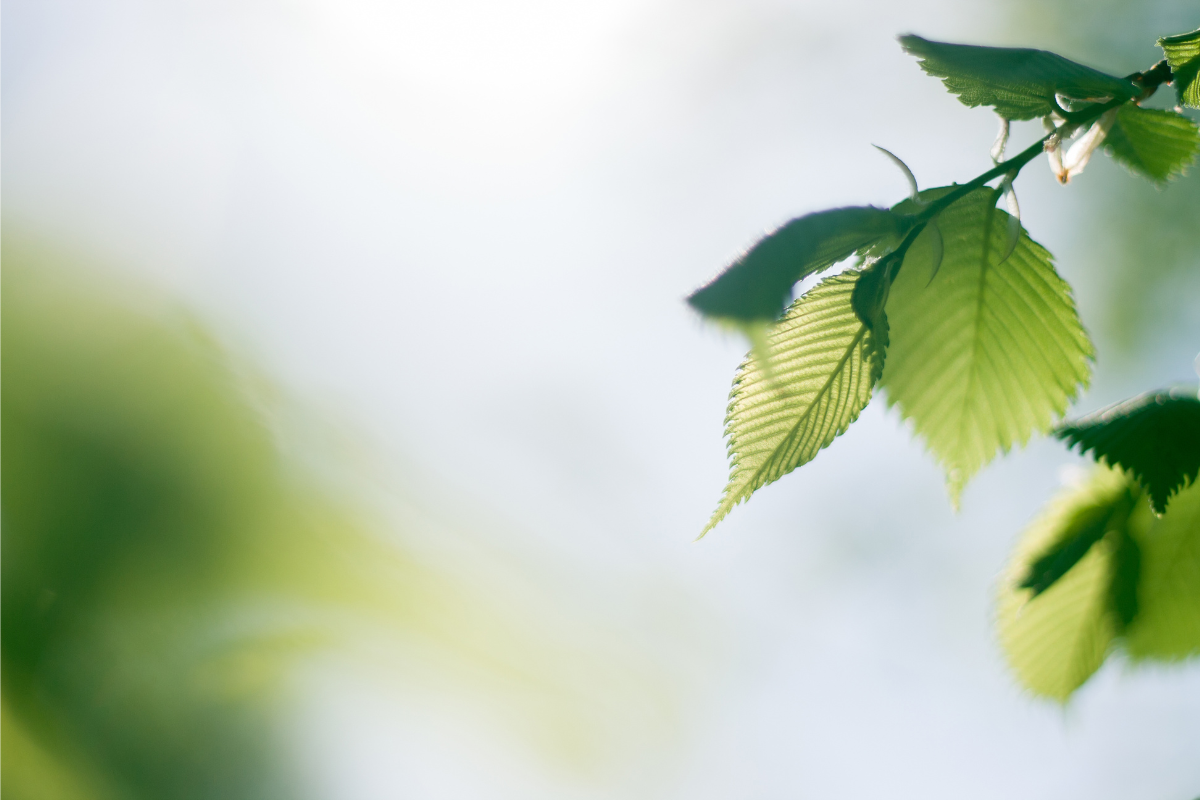Post Disclaimer: This blog reflects the author's personal experience with end-of-life matters and is provided in good faith for informational purposes only. While we aim to provide clear guidance on hard-to-find topics, this content is not legal advice and your use is at your own risk. Estate planning and end-of-life laws vary by location, so please consult your state's laws and seek guidance from a licensed attorney for your specific situation. We make no warranty about the accuracy or completeness of this information, which does not replace professional legal counsel. For more information, please see our full disclaimer.
Green burial options offer a path to a more sustainable farewell, giving families peace of mind, knowing they're doing right by the Earth.
Choosing such an option isn't just about aligning with environmental values; it's also about making informed decisions during a challenging time.
By exploring these green burial options, you can discover alternatives such as natural cemeteries, biodegradable caskets, and non-toxic preparation methods.
This guide serves to help families navigate these eco-friendly choices, providing needed clarity in a time of grief.
Whether you're looking at water-based cremations or traditional interments without harmful chemicals, understanding these options empowers you to act according to your values and pay meaningful respects.

Understanding Green Burial Options
In recent years, green burial options have gained popularity as more individuals seek harmonious ways to say goodbye to loved ones.
These alternatives align trustfully with nature, emphasizing eco-friendliness and respect for the planet.
Here's a deeper look into what green burial entails and the benefits it may offer your family in such a poignant hour.
What is Green Burial?
Green burial is a conscious return to simpler, traditional burial practices offering minimal environmental impact.
It focuses on using biodegradable materials and steering clear of chemicals like formaldehyde in embalming.
By eliminating metal caskets and cement vaults, green burials allow the body to recycle naturally.
Furthermore, the burial site generally remains a natural forest or meadow, enhancing conservation and reducing the carbon footprint.
In essence, a green burial mirrors the natural cycle of life, reminiscent of how our ancestors returned to earth.
At places like natural burial grounds, the aim is to maintain biodiversity and restore land once disrupted.
For more information, you might find organizations dedicated to these practices provide green burial guides, covering everything from types of cemeteries to navigating legal considerations.
Benefits of Choosing Green Burial
Opting for green burial options is about much more than ecological gains.
The benefits can be wide-reaching:
- Emotional Benefits: There's a distinct peace found in understanding that the final resting place of a loved one becomes part of a living ecosystem. Families report a unique sense of closure and connection with nature, turning what can be a somber and isolating event into a coherent part of the earth's cycle.
- Ecological Benefits: Traditional burials often introduce harmful materials into the soil. In contrast, green burials help in land conservation, reducing resource consumption, and promoting ecological balance. By returning to the earth naturally, they provide habitat and canopy for the wildlife, much like a gift to Mother Earth itself.
- Financial Benefits: With reduced need for expensive materials and processes, like elaborate caskets or vaults, green burials are often more affordable. This conscious decision can lessen financial worry, helping bereaved families to focus on healing and remembrance.
For alternative eco-friendly methods, options like human composting and water cremation are becoming available, each offering their own unique blend of benefits.
Moreover, several green burial sites now double as protected conservation areas, allowing your loved one's legacy to resonate through efforts in environmental protection.
Reflecting on green burial options allows one not only to preserve family traditions but also to pay homage to life itself, intertwining the narrative of nature with personal goodbyes.

Types of Green Burial Options
Embracing a green burial option connects us deeply with nature's cycle, honoring our loved ones while nurturing the planet.
Exploring these options means considering not only ecological impact but also the kind of legacy you want to leave.
Here's insight into natural burial grounds and biodegradable caskets, giving you clarity to make an informed decision.
Natural Burial Grounds
Natural burial grounds offer a back-to-basics approach where bodies are laid to rest without concrete vaults or elaborate embalming.
These sites are serene landscapes, often meadows or forests, meant to conserve the nature around them.
When selecting a natural burial ground, here are a few aspects to consider:
- Regulations and Practices: Natural burial sites abide by strict guidelines designed to preserve the surrounding ecosystem. According to the Green Burial Council, these guidelines ensure the minimization of contaminants and encourage native landscape restoration.
- What to Expect: The experience at a natural burial ground is vastly different from traditional cemeteries. It's peaceful, personal, and surrounded by the sounds of nature rather than man-made structures. The choice can feel more intimate—a heartfelt way of keeping your loved one's memory alive within a thriving environment.
For further details on regulations regarding natural sites, you might consult resources like the Guide to Green Burial, which provides exhaustive knowledge on eco-sensitive burial grounds.
Biodegradable Caskets and Urns
When planning a green burial, one essential consideration is the selection of a biodegradable casket or urn.
These containers are crafted to break down naturally, returning nutrients back into the soil.
- Caskets: Options for biodegradable caskets include those made of sustainably sourced materials like bamboo, willow, or teak. Their delicate craftsmanship supports the earth rather than hindering it.
- Urns: For those opting for cremation, biodegradable urns made from materials like salt, paper, or cornstarch can decompose seamlessly into nature. Companies are pioneering eco-friendly design, even allowing living memorials like trees to grow from cremated remains.
For more varied insight into green options, the Eight Green Burial Options overview provides a wealth of information when choosing the final resting container.
These choices ensure a loving tribute that supports the health of our planet, embodying a beautiful full-circle life tribute.
By choosing biodegradable caskets or natural burial grounds, you become part of a larger narrative of preservation and renewal.

Planning a Green Burial
Planning a green burial doesn't have to be overwhelming.
It's a journey that allows you to create a lasting tribute that honors your loved one's spirit and their connection to nature.
From choosing the ideal resting place to having open conversations with family, this thoughtful process can be a part of your healing journey.
Choosing the Right Cemetery or Burial Site
When selecting a green burial site, there are several factors to consider:
- Location: Proximity to family members for future visits and being part of a landscape that reflects the essence of your loved one can guide your choice. It's worth considering a place that feels meaningful, whether it’s nestled in lush forests or sunlit meadows.
- Environmental Impact: Prioritize sites that maintain ecological balance and adhere to natural principles. Many green burial grounds preserve the native flora and fauna, supporting biodiversity. Environmental benefits are further outlined by resources like the Green Burial Planning Guide which highlights sustainable options.
- Regulatory Compliance: Each region may have varying regulations governing green burials; understanding them ensures the site meets legal requirements, which can be explored through guides like the Guide to Green Burial.
Discussing Green Burial with Family
Talking about final arrangements can be uncomfortable, yet open discussions are crucial:
- Start Early: Approach the topic well in advance during casual family gatherings where everyone feels comfortable.
- Emphasize Values: Highlight why you believe a green burial aligns with shared family values. Sharing environmental goals often resonates deeply.
- Invite Participation: Encourage family to share their thoughts and preferences. They may have unique perspectives that enhance the planning process.
- Use Resources: Utilize planning tools and guides to illustrate the options available vividly. This approach helps demystify the process, making it less intimidating for those unfamiliar with green burials.
Cost Considerations for Green Burials
Understanding the financial aspect can aid in informed decision-making.
Green burials can average between $1,500 to $4,500 compared to traditional burials averaging $7,000 to $12,000:
- Biodegradable Caskets: Often crafted from sustainable materials like bamboo or hemp, these caskets are usually less expensive.
- Site Fees: Natural burial grounds generally don't require the costly vaults or liners traditional cemeteries mandate, reducing overall costs.
- Embalming Costs: Green burials typically forgo embalming, saving costs significantly. Unembalmed bodies can still have arrangements that honor cultural traditions and family wishes.
Considering these points can help balance respecting nature and cost efficiencies.
For comprehensive understanding, online resources like the How to Plan a Sustainable Funeral provide broader insight into sustainable practices.
Integrate these considerations into your funeral planning, ensuring that the decisions echo not just financial wellness but a heartfelt commitment to honoring your loved one's values and traditions.

Resources and Support for Green Burials
Choosing a green burial is not just about honoring your loved one’s environmental values; it represents a thoughtful commitment to preserve our planet's resources.
When embarking on this journey, families can find ample support and resources to aid them in navigating through this heartfelt choice and following the best eco-friendly practices.
Organizations Supporting Green Burials
There are several organizations that specialize in promoting and assisting with green burial practices.
These groups offer guidance, resources, and sometimes certification to ensure that each burial is consistent with eco-friendly values.
Here's a list of some prominent ones:
- Green Burial Council: As the authority in green burial standards, this organization provides certification for sustainable cemeteries, funeral providers, and product makers. They ensure that environmental and ethical codes are followed, and their resources can help families find the right service.
- Funeral Consumers Alliance: This organization offers extensive information about how to incorporate green practices in funerals. They explore green burial basics, helping you understand everything from environmentally friendly practices to selecting appropriate cemeteries.
By connecting with these organizations, you’re equipped with knowledge to make informed decisions that echo a powerful bond with nature.
Counseling and Emotional Support Options
Facing the loss of a loved one is surely challenging, and when you couple that with exploring unfamiliar territory like green burials, it can feel overwhelming.
Emotional and counseling support becomes invaluable for helping families navigate their grief and decisions.
Consider reaching out to grief counselors who specialize in supporting families considering eco-friendly options.
These experts can offer personal coping strategies and assist in creating memorial experiences aligned with nature’s cycles.
Another approachable resource is group support. Look for community groups that congregate to share stories and mutual understanding in handling grief.
Often, finding a network undergoing similar experiences can significantly unburden and bring solace.
Engaging with platforms that provide both guidelines and empathy empowers families towards honoring their loved ones with a mindful fold towards ecological preservation.
By building strength through networks and counseling, this journey becomes a shared path of respect and tribute.
Understanding this landscape with the help from specialized organizations and supportive emotional networks allows families to drive forward together, with an innate sense of peace.

Wrap-up: Green Burial Options
Choosing green burial options reflects a commitment to honor loved ones compassionately and preserve our planet for future generations.
Embracing this eco-friendly path aligns deeply with cherished values—whether through natural burial grounds or biodegradable caskets.
Families pursuing these options can achieve peace of mind knowing their choices drive real environmental benefits while fostering a profound connection with nature.
Consider starting conversations early, involve loved ones, and explore thoughtfully.
Your journey may stimulate curiosity and inspire others to appreciate the harmonious relationship between life, death, and the Earth.
Express gratitude for those moments of reflection and decisions made with intention.
Check out the Up & Doing glossary page for an alphabetical listing of key terms related to estate administration, funeral planning, and other end-of-life topics.




